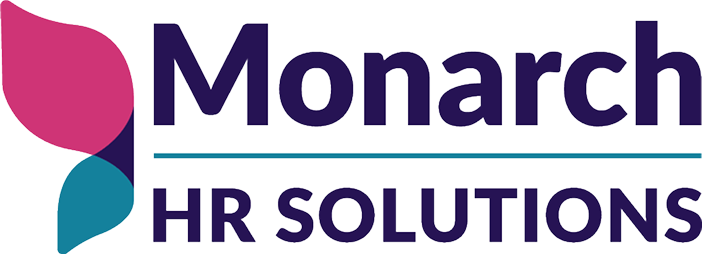Companies have a responsibility to respect and protect their employees’ human rights – both ethically and legally. While such respect and protection should be embedded throughout all business functions, human resource management team members are those most closely entrenched in the concept. They are the team members tasked with creating policies and procedures that promote protections throughout the enterprise, impacting how the business operates.
It’s the HR team that hardwires human rights into the organization. Two key functions for doing so are embracing DEI&B (Diversity, Equity, Inclusion, & Belonging) in the workplace and upholding EEOC laws. The spirit for both of these lies in the Universal Declaration of Human Rights (UDHR), which was adopted by the United Nations General Assembly on December 10, 1948.
This milestone document, which is commemorated on Human Rights Day, states: “All human beings are born free and equal in dignity and rights.” The principles of equality and non-discrimination are at the heart of the document.
DEI&B
Respecting human rights is fundamental to an inclusive workforce. Companies that invest in DEI&B are doing the right things for humans. They are ensuring that everyone in the workplace feels accepted, included, and heard. It’s HR’s job to help build and enhance DEI&B initiatives, in essence weaving them into the fabric of the culture, through a variety of initiatives, such as:
Creating Policies that Promote Inclusiveness
The HR team should ensure policies are in place that protect and respect human rights. The policies need to define ethical behaviors that all employees need to follow and help create an inclusive culture by encouraging staff to bring attention to ethical violations. These policies help establish and reinforce a company’s culture. Any organization that values their employees feeling safe and empowered will want to ensure that this is reflected in their policies and practices.
Training
Training should not just focus on what the DEI&B policies are, but also should explain why human rights matter, how to understand your human rights, and why you need to respect the rights of others through webinars, videos, and live training sessions. HR teams should develop training programs that educate the workforce on differences (ethnic, gender, neurodiverse, etc.), tailoring them to employees and leadership in order to effectively address the issues specific to them.
Using Inclusive Language
In policies, handbooks, and in general speak, HR should use and encourage the shift from using he/she to they in documents and conversation to help workers feel safe and accepted.
Support Networks
By creating groups that recognize and support differences, such as Employee Resource Groups (ERGs), HR can provide opportunities to identify ways to improve inclusive initiatives. Groups such as those focused on women and different ethnicities are the most common, but more progressive companies are establishing ERGs that focus on neurodiversity and parenting.
EEOC
The U.S. Equal Employment Opportunity Commission (EEOC) oversees the federal laws prohibiting job discrimination. It is the HR team’s job to make sure the company upholds those laws, which include:
- Title VII of the Civil Rights Act of 1964 (Title VII), which prohibits employment discrimination based on race, color, religion, sex, or national origin
The Equal Pay Act of 1963 (EPA), which protects men and women who perform substantially equal work in the same establishment from sex-based wage discrimination - The Age Discrimination in Employment Act of 1967 (ADEA), which protects individuals who are 40 years of age or older
- Title I and Title V of the Americans with Disabilities Act of 1990, as amended (ADA), which prohibit employment discrimination against qualified individuals with disabilities in the private sector, and in state and local governments
- Sections 501 and 505 of the Rehabilitation Act of 1973, which prohibit discrimination against qualified individuals with disabilities who work in the federal government
- Title II of the Genetic Information Nondiscrimination Act of 2008 (GINA), which prohibits employment discrimination based on genetic information about an applicant, employee, or former employee
- The Civil Rights Act of 1991, which, among other things, provides monetary damages in cases of intentional employment discrimination.
There are many ways HR teams help organizations uphold these laws, such as by:
- Adopting a mission statement that treats employees as individuals
- Establishing policies and practices that reflect the company’s EEO values and emphasizing them in onboarding and ongoing training
- Thoroughly investigating and responding to any employee complaints
Businesses have a responsibility to respect their employees’ human rights standards. And the best way to do so is by embedding the concept throughout all business functions.

